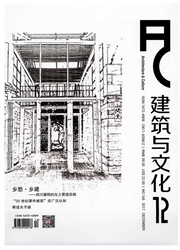
欢迎您!东篱公司
退出

 中文摘要:
中文摘要:
公元7世纪,拉萨因佛教传播而诞生于吉藏高原,在随后的近14个世纪中,她的生长、发展饱受佛教的影响,形成了以大昭寺为核心的宗教聚落。在这个宗教聚落空间中,城市道路网的形式十分独特,呈现出一种“蛛网状”结构。作者通过分析拉萨的城市发展进程,详细探究了拉萨老城区路网结构的成因与条件。
 英文摘要:
英文摘要:
In the 7th century, Lhasa emerged on the Qinghai-Tibet Plateau together with the growth and spread of Buddhism. Nearly 14 centuries Later, Buddhism played a key role in the development of Lhasa. Jokhang Monastery, located on Barkhor Square in Lhasa, formed the core of the religious settlements in the ancient city district of Lhasa.ln the religious settlement space, the urban road network is very unique, showing a "cobweb-like" structure. By analyzing history of the development of Lhasa, the writer did study on the causes of road network structure of the ancient city district of Lhasa.
 同期刊论文项目
同期刊论文项目
 同项目期刊论文
同项目期刊论文
 期刊信息
期刊信息
